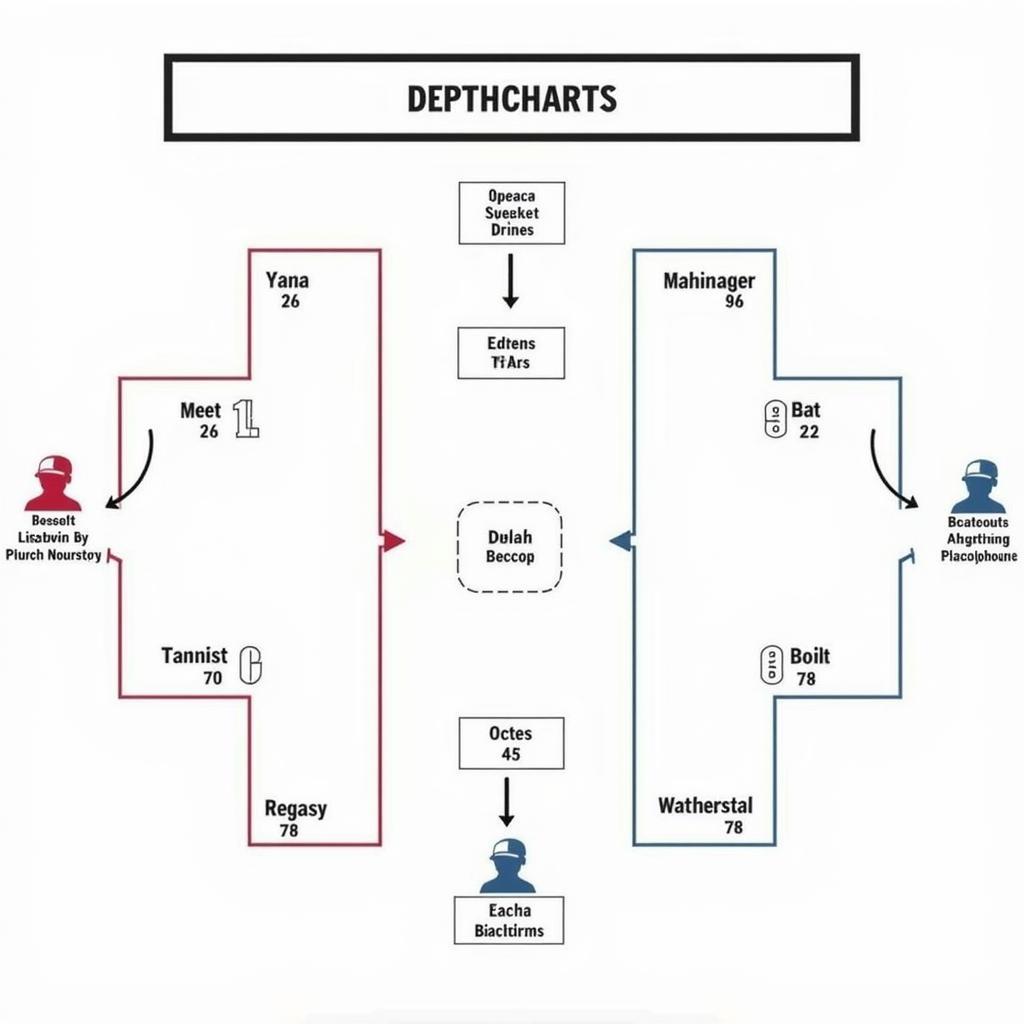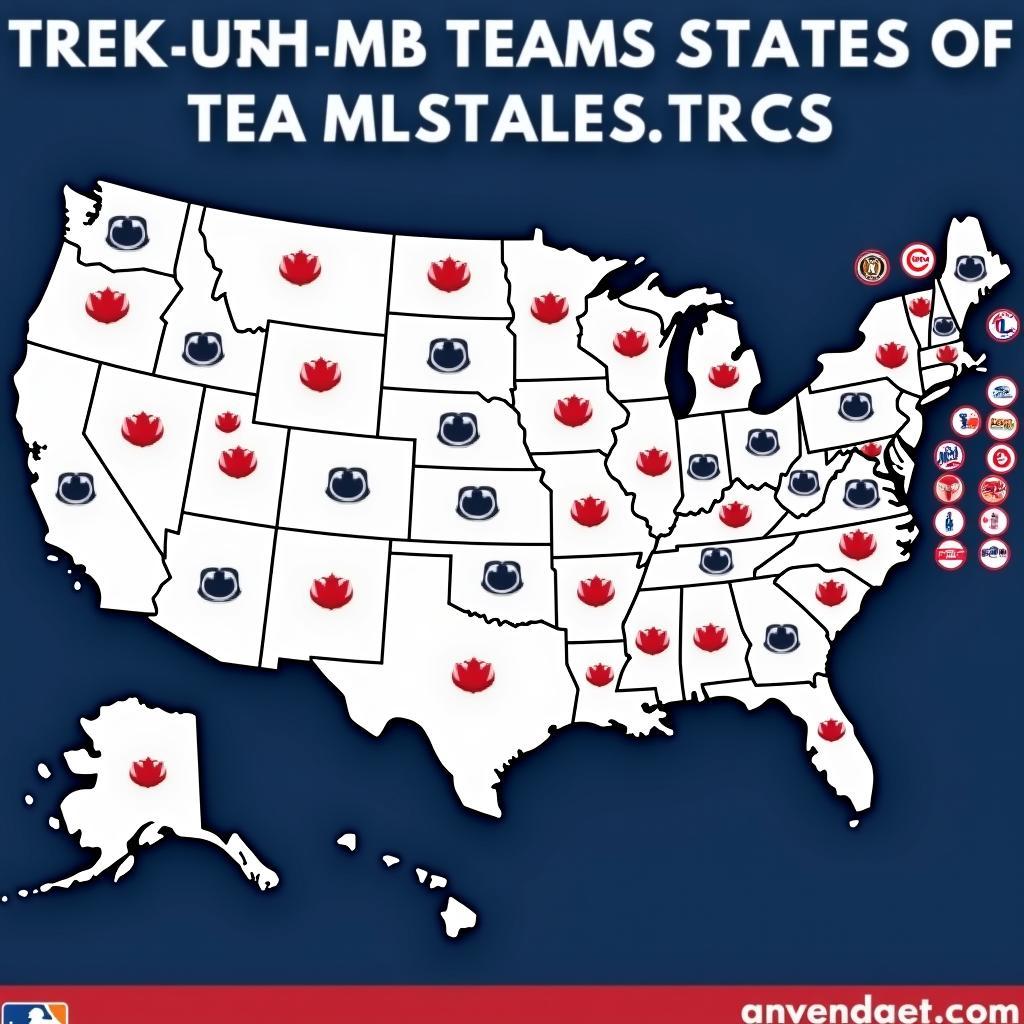Understanding Baseball Depth Charts: A Comprehensive Guide
A baseball depth chart is an essential tool for any fan looking to delve deeper into the strategic makeup of their favorite team. It provides a visual representation of the team’s roster, outlining the starting players and potential backups at each position. This guide will explore the intricacies of Baseball Depth Charts, explaining how to read them, their significance, and how they offer insights into a team’s potential.
Decoding the Baseball Depth Chart
Structure and Organization
A typical baseball depth chart is structured like a lineup card, with each fielding position clearly labeled. Underneath each position, you’ll find the names of the players, typically listed in order of their perceived importance to the team.
- Starting Players: The players listed first under each position are typically the starters for a standard game.
- Backups and Depth: Players listed below the starters are backups who might see playing time due to various factors like injuries, strategic substitutions, or performance slumps.
 Example of a Baseball Depth Chart
Example of a Baseball Depth Chart
Beyond the Starting Lineup
While the starting lineup offers a glimpse into the team’s expected performance, the true value of a depth chart lies in revealing the team’s overall strength and preparedness.
- Assessing Team Depth: A deep roster with capable backups at multiple positions provides flexibility and insurance against unforeseen circumstances.
- Identifying Potential: Young players listed on the depth chart might represent the future of the franchise. Their development and potential impact on the team can be tracked over time.
Factors Influencing Depth Chart Fluctuations
Baseball depth charts are dynamic and can change frequently throughout the season. Several factors contribute to these shifts:
- Performance: Consistent performance can elevate a player’s position on the depth chart, while a slump might lead to a demotion.
- Injuries: Injuries are an unfortunate reality in baseball, often necessitating adjustments to the starting lineup and overall depth chart.
- Trades and Acquisitions: Teams may acquire players mid-season to address weaknesses or bolster specific areas of their roster, leading to further depth chart modifications.
Utilizing Depth Charts for Deeper Insights
Understanding baseball depth charts allows fans to go beyond simply knowing the starting lineup. It provides a valuable tool for:
- Evaluating Player Roles: Depth charts clarify each player’s position within the team’s hierarchy, indicating their expected contributions.
- Predicting Lineup Changes: By analyzing performance trends and recent team news, fans can make educated guesses about potential lineup changes reflected in upcoming depth charts.
- Assessing Team Strengths and Weaknesses: A quick glance at a depth chart can highlight areas where a team might be particularly strong or vulnerable.
“Understanding a team’s depth chart is like having a cheat sheet to their strategic playbook,” says John Smith, a veteran baseball analyst. “It allows you to appreciate the managerial decisions and the competitive dynamics within the team.”
Beyond the Basics: Advanced Depth Chart Analysis
For avid fans seeking a deeper understanding, depth charts can be further analyzed by considering:
- Spring Training and Pre-Season Games: Observing player performance and lineup experimentation during spring training offers early clues about potential depth chart positioning.
- Minor League Systems: Many teams have robust minor league systems, and the players performing well at those levels can influence future depth chart movements as they progress through the ranks.
- Statistical Analysis: Advanced statistics, like WAR (Wins Above Replacement), can provide objective data to complement the subjective rankings often presented on depth charts.
Conclusion
Baseball depth charts are much more than just a list of names. They provide a valuable window into the inner workings of a team, revealing its strengths, weaknesses, and strategic direction. By learning to read and interpret these charts, fans can gain a deeper appreciation for the game and the complexities of team management. Whether you are a casual observer or a die-hard fan, understanding baseball depth charts can significantly enhance your enjoyment of the sport.
Need more help understanding baseball? Check out these resources:
- baseball fielding chart
- baseball depth chart pdf
- baseball depth chart template excel
- cincinnati reds website mlb.com
For any support or inquiries, please contact us at: Phone Number: 0989060241, Email: [email protected] or visit our office at: Hamlet 2, Village 5, An Khuong, Hon Quan, Binh Phuoc, Vietnam. Our customer service team is available 24/7.

